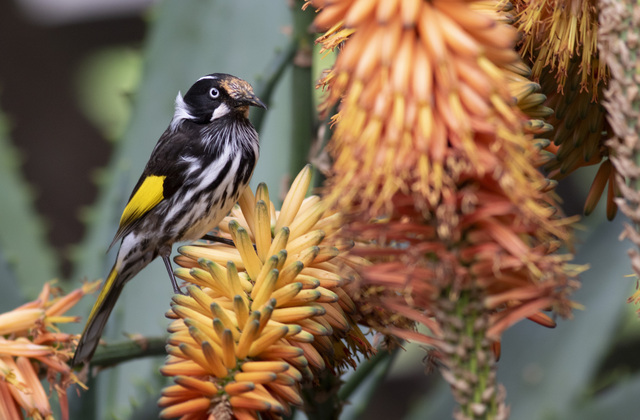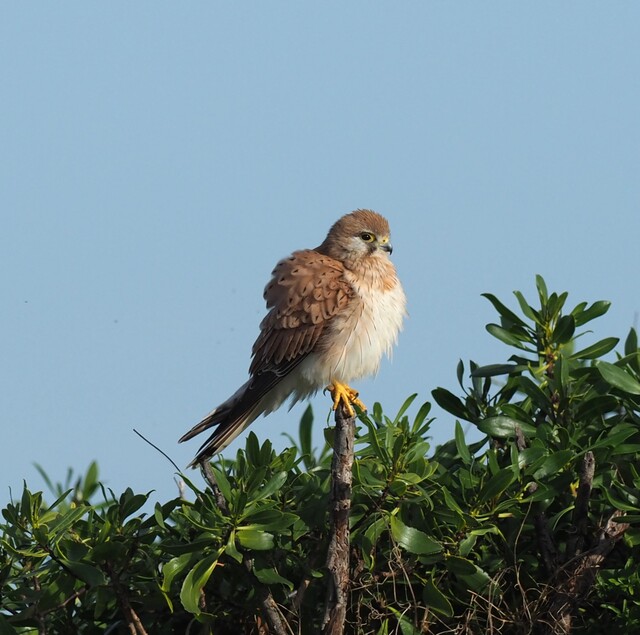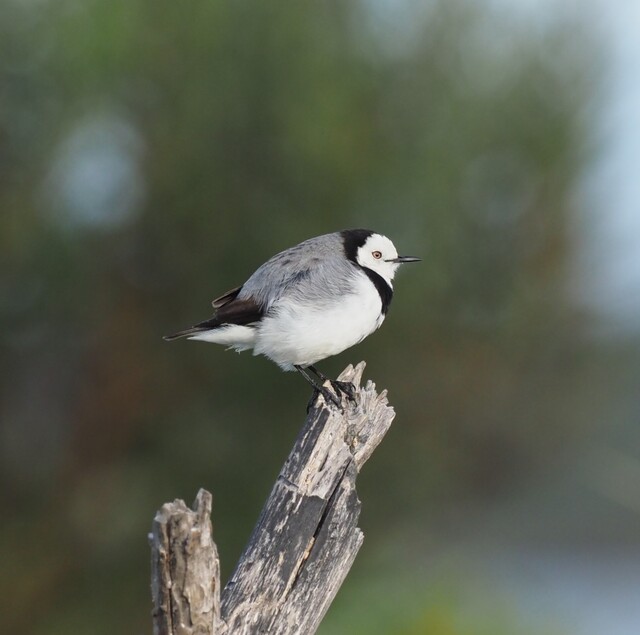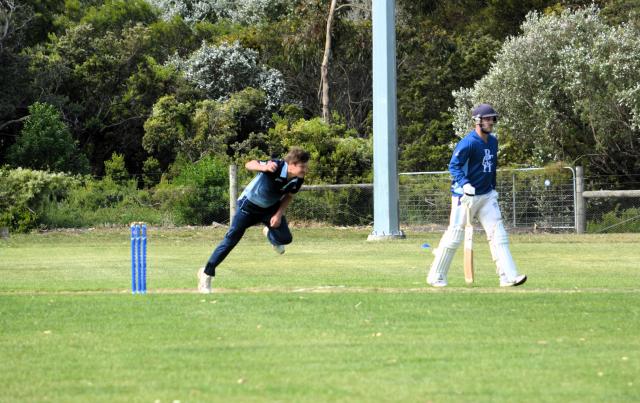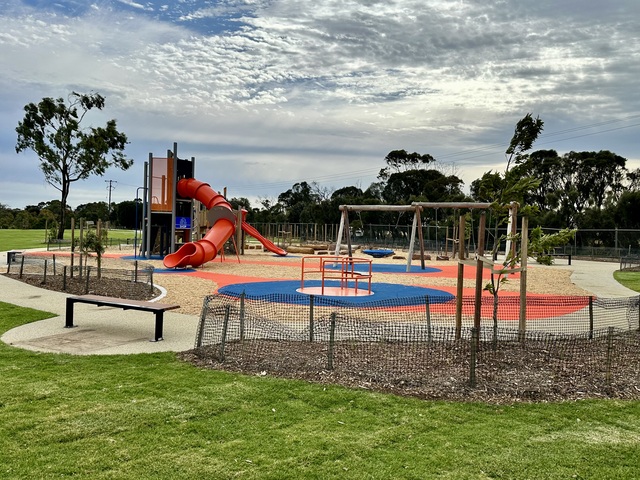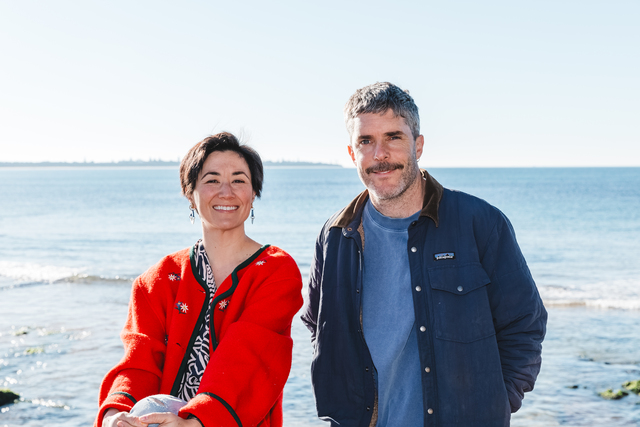I’ve seen some nesting activity from a few birds during the past week, including from some noisy miners in my garden, which means I won’t have visits from any other species of bird for a while.
Prior to the noisy miners moving into the garden I had been watching a New Holland honeyeater feeding on nectar from orange flowers from a succulent plant in the front garden and the bird was certainly having a nectar feast.
The brown gerygone is still being seen at Geelong Botanic Gardens. I visited the gardens after work a few times to try and spot this bird but haven’t seen it yet.
There were some other lovely birds to see at the gardens, including a few pink robins, eastern spinebills and yellow-faced honeyeaters. I saw the eastern osprey that has been hanging around Swan Bay, which was great as I’ve never seen this species around the Bellarine.
I walked from the shops in Point Lonsdale to the lighthouse where I spotted a few Caspian terns, sooty oystercatchers and crested terns flying near the lighthouse. Caspian terns are the largest of the tern species, being around 60cm in length and are found in many parts of the world, including Europe, parts of Africa, Asia and America.
Caspian terns are common and widespread in Australia. They are mostly sedentary in that they live in one area, but young birds are known to disperse widely.
I received a lovely email from Stephen, who was fortunate to recently take a trip to Broken Hill. He took some lovely photos of birds including a great crested grebe at Menindee Lake, a variegated wren at Umberumberka Reservoir, a nankeen kestrel at Balranald, an Australian owlet-nightjar at Silverton and a striped honeyeater at Barham Federation Botanic Reserve. It’s always a great day when you see an Owlet nightjar, so Stephen was fortunate to see one out in the open, in broad daylight.
I received an email from Alan, who told me that he had taken a drive down to Anglesea during the week before last on a clear, cold morning when it was a bit windy too, and it was very quiet on the bird front.
He walked around the O’Donohue Road area, Coogoorah Reserve and around the sewage works, but spotted very few birds. Alan reported that he didn’t see any southern emu-wrens but photographed a lovely crescent honeyeater. Alan remarked that hopefully as the weather warms up and the heath flowers, the birding will improve around Anglesea.
Alan also told me that the birds were a bit friendlier at Lake Victoria last week. As I was walking down the path, a nankeen kestrel landed on a tree not 10 metres from the path and perched for a good half-hour. There were many white-fronted chats around as well.
On the subject of Lake Victoria, Robin Spry has been keeping a tally of the number of bird species she has seen on her farm that borders Lake Victoria, and recently she reached the magic number of 100 species seen on the farm, when she saw a nankeen night heron perched in the lakeside moonah trees. Robin and Gary Spry have been planting many trees on the farm and have also created a small wetland, so it is becoming a haven for birdlife.

